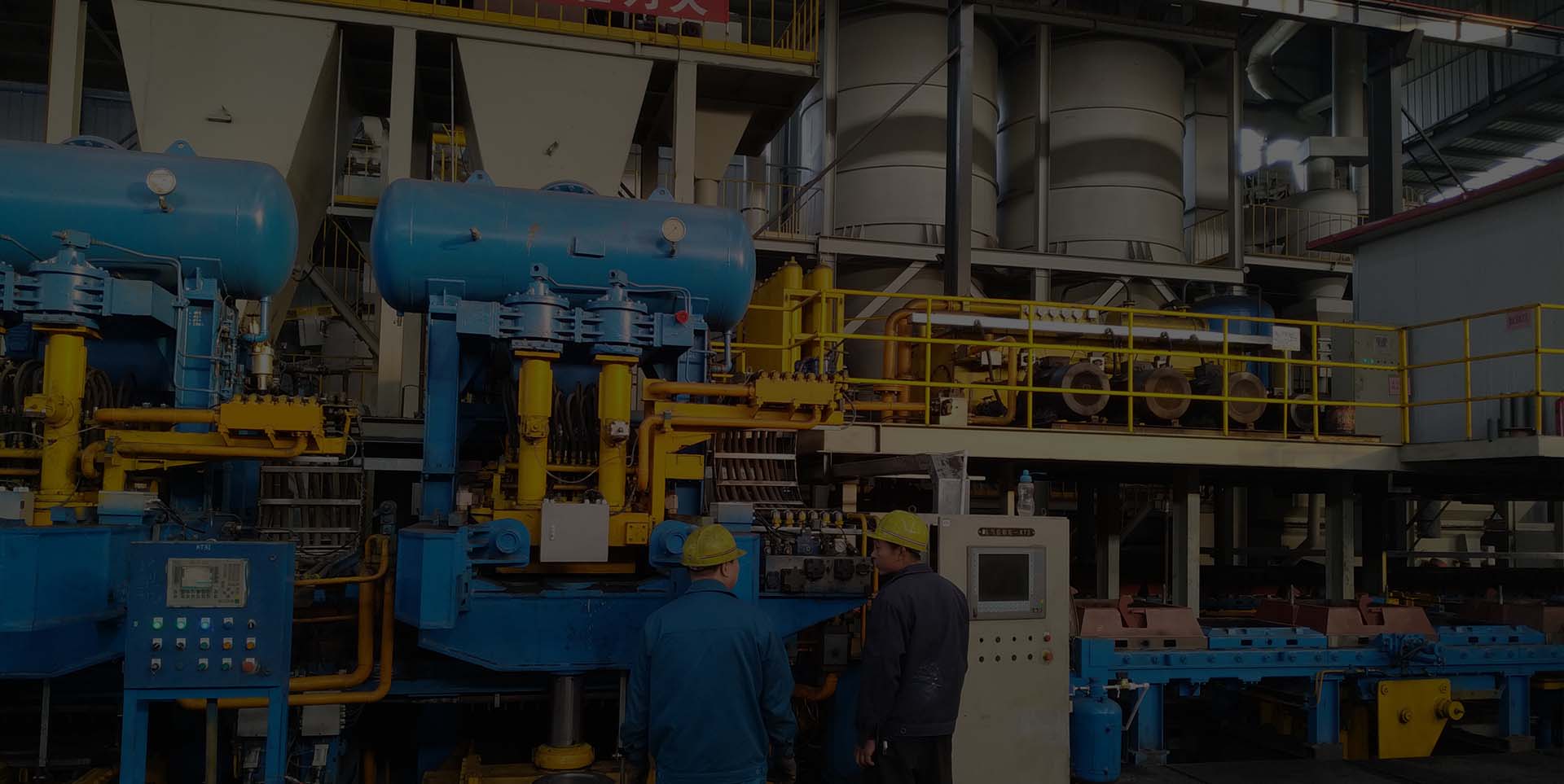tj drum brakes
Understanding TJ Drum Brakes Functionality and Importance
Drum brakes have been a critical component of automotive braking systems for many years, and they continue to play an essential role in vehicle safety and performance. Among the various types of drum brakes, TJ (which typically refers to the Jeep Wrangler TJ model manufactured between 1996 and 2006) drum brakes are often a topic of discussion among automotive enthusiasts and mechanics. These brakes are notable for their design, function, and maintenance considerations, especially for off-road vehicles.
Design and Functionality
The basic principle of drum brakes involves a cylinder-shaped drum that rotates with the wheel. Inside this drum, friction shoes are positioned just slightly away from the drum's inner surface. When the brake pedal is pressed, hydraulic pressure from the master cylinder forces the shoes outward against the drum, creating friction that slows down the vehicle. This design allows for effective braking force, which is particularly advantageous in rugged driving conditions that the TJ is known for.
One of the key advantages of drum brakes, especially for vehicles like the TJ, is their ability to provide consistent stopping power under various conditions. They are particularly effective in heavy-duty applications as they can dissipate heat better than disc brakes when used correctly, making them suitable for off-road adventures and extended use.
Performance in Off-Roading
tj drum brakes

The Jeep TJ is popular among off-road enthusiasts, and having a reliable braking system is crucial for navigating challenging terrains. Drum brakes can perform exceptionally well when properly maintained, offering reliable stopping power even in muddy, wet, or uneven conditions. The design helps prevent debris from entering the braking mechanism, which can often be an issue with disc brakes in off-road situations. Furthermore, the self-adjusting feature of many drum brakes ensures that the brakes maintain optimal alignment, which is fundamental for effective braking performance.
Maintenance Considerations
Despite their advantages, TJ drum brakes do require regular maintenance to ensure optimal performance. Unlike disc brakes, which are generally easier to inspect and service, drum brakes involve more components, making maintenance slightly more complex. It’s essential to check the condition of the brake shoes, springs, and the drum surface. Over time, brake shoes can wear down and become uneven, which can lead to reduced braking efficiency and potential safety hazards.
Regular maintenance tasks include adjusting the brake shoes, replacing them when they show signs of wear, and ensuring that the drum surface is smooth and free of deep grooves or damage. Additionally, keeping the braking system clean from dirt and debris is vital. Mechanics often recommend periodic inspections, especially before embarking on off-road trips.
Conclusion
TJ drum brakes are a robust and reliable braking option for Jeep Wrangler enthusiasts, providing essential stopping power in diverse driving conditions. While they offer various benefits, including durability and effective heat dissipation, they also require diligent maintenance to ensure continued performance. For anyone operating a TJ, understanding how drum brakes work and implementing regular maintenance practices can significantly enhance safety and vehicle reliability on and off the road. Whether for daily driving or adventurous off-roading, prioritizing the upkeep of drum brakes will ensure that braking performance remains top-notch, contributing to a safer driving experience overall.
-
Truck Drum Brake Spring Replacement ProcedureNewsAug.22,2025
-
Evolution Of Brake Drum Function Designs In Automotive HistoryNewsAug.22,2025
-
Drum Brake Motor Thermal Management SolutionsNewsAug.22,2025
-
Essential tools for brakes and drums repair jobsNewsAug.22,2025
-
Trailer Drum Brake Self-Adjusting Mechanisms ExplainedNewsAug.22,2025
-
Brake Drum Types in Vintage Auto RestorationNewsAug.22,2025
-
Rear Drum Brakes Maintenance TipsNewsAug.04,2025


